The Rise of Artificial Intelligence in Interior Design
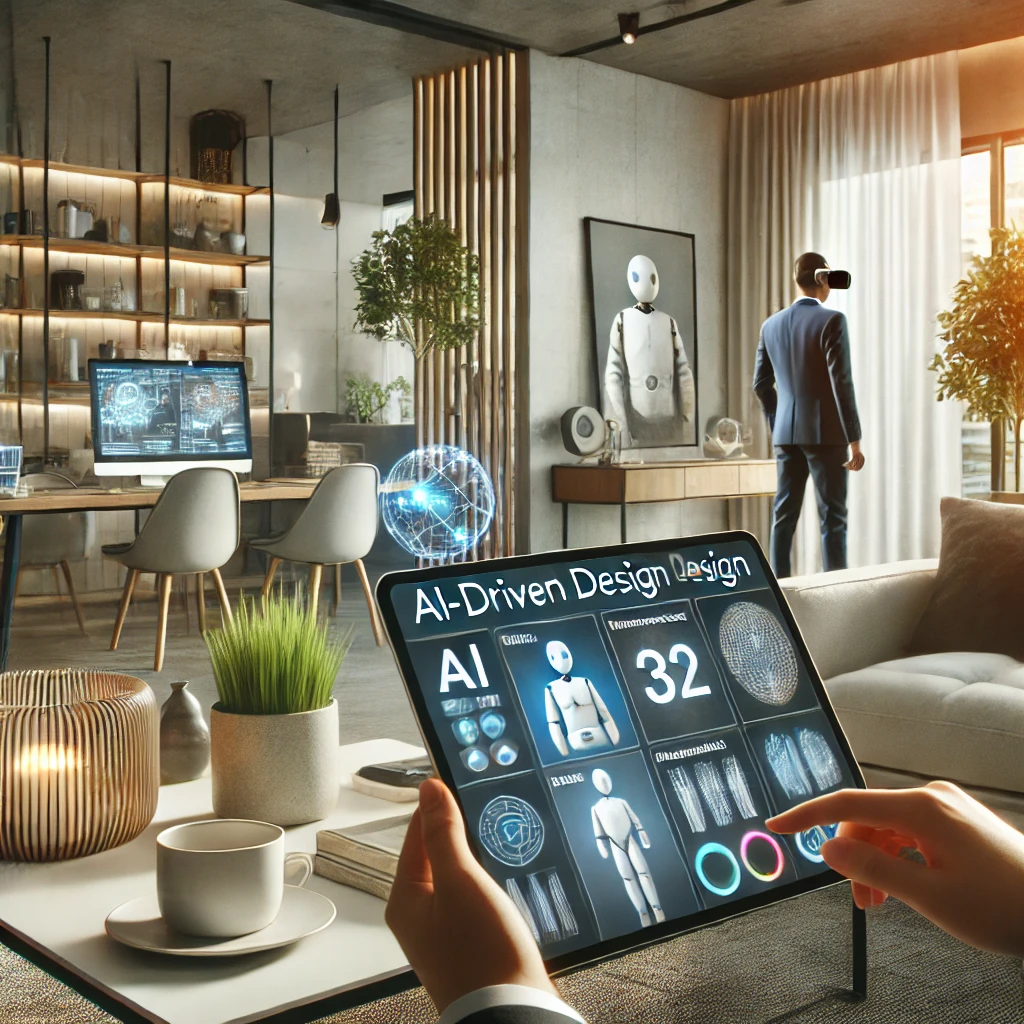
The rise of artificial intelligence (AI) in interior design marks a transformative shift in how spaces are conceptualized, designed, and experienced. AI-powered tools and platforms are revolutionizing the industry by providing designers with advanced capabilities to streamline workflows, enhance creativity, and deliver highly personalized results. These tools leverage machine learning algorithms to analyze vast amounts of data, enabling designers to predict trends, optimize layouts, make furniture arrangements and select materials that align with clients’ preferences and sustainability goals. AI-driven virtual reality (VR) and augmented reality (AR) applications allow clients to immerse themselves in their future spaces, facilitating better visualization and decision-making. Furthermore, AI’s ability to automate routine tasks and ensure compliance with building codes frees designers to focus on innovation and creativity. As AI continues to evolve, its integration into interior design promises to elevate the profession, making it more efficient, precise, and client-centric, ultimately leading to more beautiful and functional living environments.
Understanding AI and Its Relevance to Interior Design
AI has a permanent space in interior design, and designers can use AI tools to generate realistic renderings of spaces. Specific ai interior design tools like Planner 5D, Homestyler, and Leaperr are popular choices in the industry. AI tools can help designers work more efficiently and come up with novel concepts for dream space.
Read More: Information Technology: Coming to a Food Policy near You
Web Cams Transform into Virtual Observers of Consumer Behavior
AI technology is changing the way interior designers approach their work.
The Intersection of AI and Interior Design
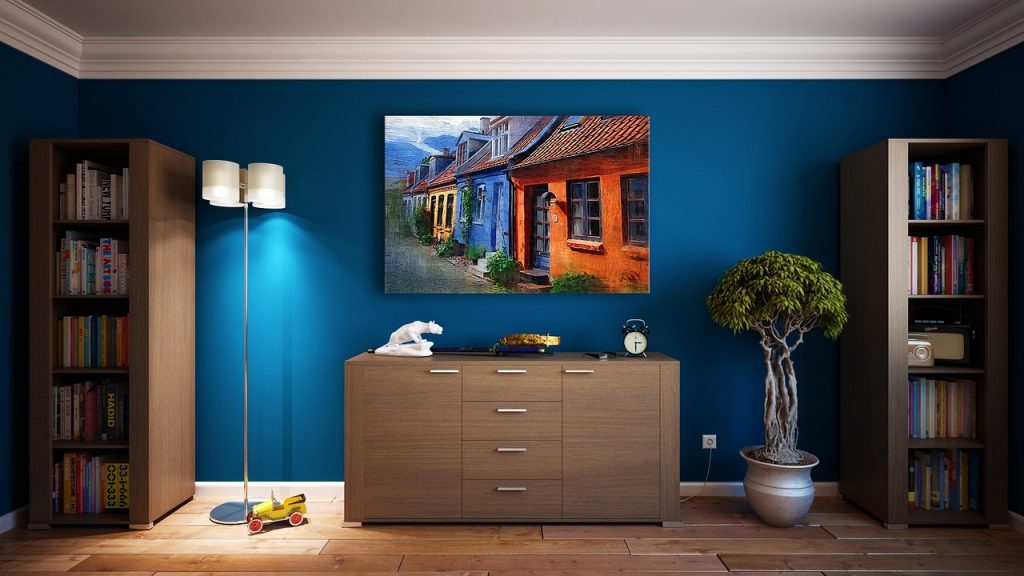
To remain relevant in the industry, interior designers should learn how to use AI for creative aspects of interior design.
AI technology is transforming the way interior designers work, revolutionizing interior architecture by enabling designers to create layouts, visualize spaces, suggest material combinations, and optimize energy consumption in interior spaces.
Interior designers can use AI tools to stay competitive and advance the various aspects of their careers.
AI’s Impact on Interior Design Software

Artificial intelligence (AI) is making a profound impact on interior design software, transforming how designers conceptualize, plan, and execute their projects. AI-powered design tools are now capable of generating multiple design options based on specific parameters, such as room dimensions, lighting conditions, and personal preferences. This allows designers to explore a wide range of possibilities quickly and efficiently.
One significant advancement is the use of generative design algorithms, which can produce thousands of design iterations in minutes. For example, Autodesk’s Generative Design software leverages AI to explore multiple design solutions, optimizing for factors such as aesthetics, functionality, and cost. This not only accelerates the design process but also ensures more innovative and effective outcomes.
AI also enhances the accuracy of design software by predicting how different elements will interact within a space. Tools like SpaceIQ use AI to analyze space utilization and suggest optimal layouts, improving both aesthetics and functionality sustainability ai. This predictive capability is crucial for creating designs that are both beautiful and practical.
Furthermore, AI integration in interior design software has made virtual reality (VR) and augmented reality (AR) more accessible and effective. Software such new tools such as Planner 5D and SketchUp now offer AI-driven VR and AR features that allow clients to experience their designs in immersive 3D environments. This technology not only helps clients visualize the end result but also provides designers with valuable feedback, leading to more refined and client-centered designs.
According to a report by Zion Market Research, the global interior design software market is expected to reach approximately $6.8 billion by 2025, growing at a CAGR of around 9.6% between 2019 and 2025. This growth is largely driven by the increasing adoption of AI and other advanced technologies in design processes.
AI is also improving sustainability in interior design. Tools like Cove.tool use AI to analyze the environmental impact of materials and design choices, helping designers create more sustainable spaces. This capability aligns with client’s vision and the growing demand for eco-friendly designs and helps reduce the carbon footprint of interior projects.
Efficiency and Automation
AI-driven tools automate tasks such as measurement, assessment, and catalogue browsing, reducing energy waste and saving designers time.
AI algorithms can analyze data to generate design ideas and possibilities, making interior design more efficient and personalized. Additionally, AI can create spaces that are not only aesthetically pleasing but also functional and tailored to the needs of clients, contributing to efficient use of space, selection of eco-friendly materials, and optimization of the energy consumption patterns.
Enhanced Creativity and Personalization
AI-powered generative design inspires creativity by proposing design alternatives that designers might not have considered for interior spaces.
AI helps tailor interior designs and furniture pieces to individual client preferences by considering factors such as style, color, and budget.
AI Tools Revolutionizing Interior Design
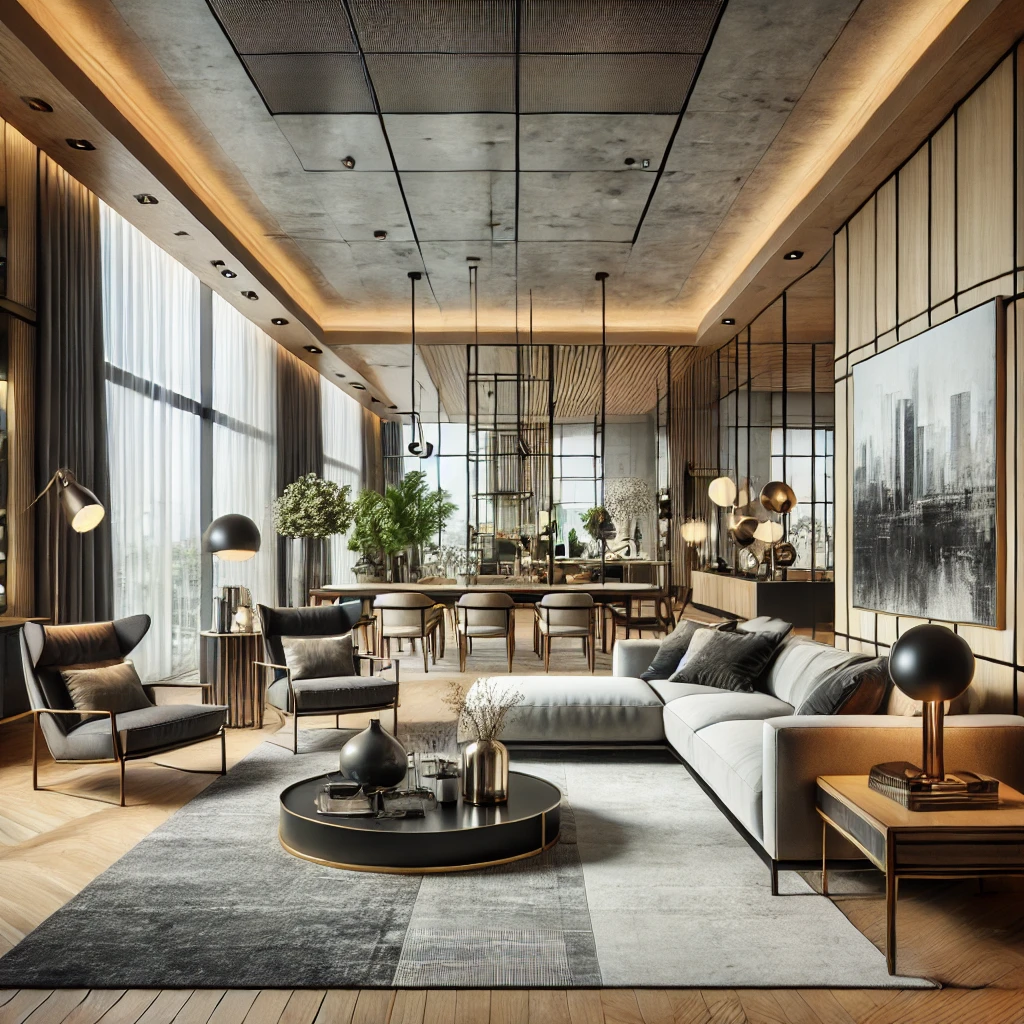
Popular AI Tools for Interior Designers
- Planner 5D, Homestyler, and Leaperr are popular AI tools transforming the interior design industry.
- These tools offer innovative features and capabilities that are changing the way interior designers work.
Features That Make AI Tools a Game-Changer
Features such as virtual reality (VR), AR, personalized recommendations, and predictive analysis are making a significant impact.
AI tools can help interior designers generate design ideas, create interactive designs, and visualize their work. Virtual reality technology allows designers and clients to experience completed spaces during the early stages of the design process, offering a realistic and informative glimpse into the potential of interiors.
The Benefits of AI-Driven Interior Design
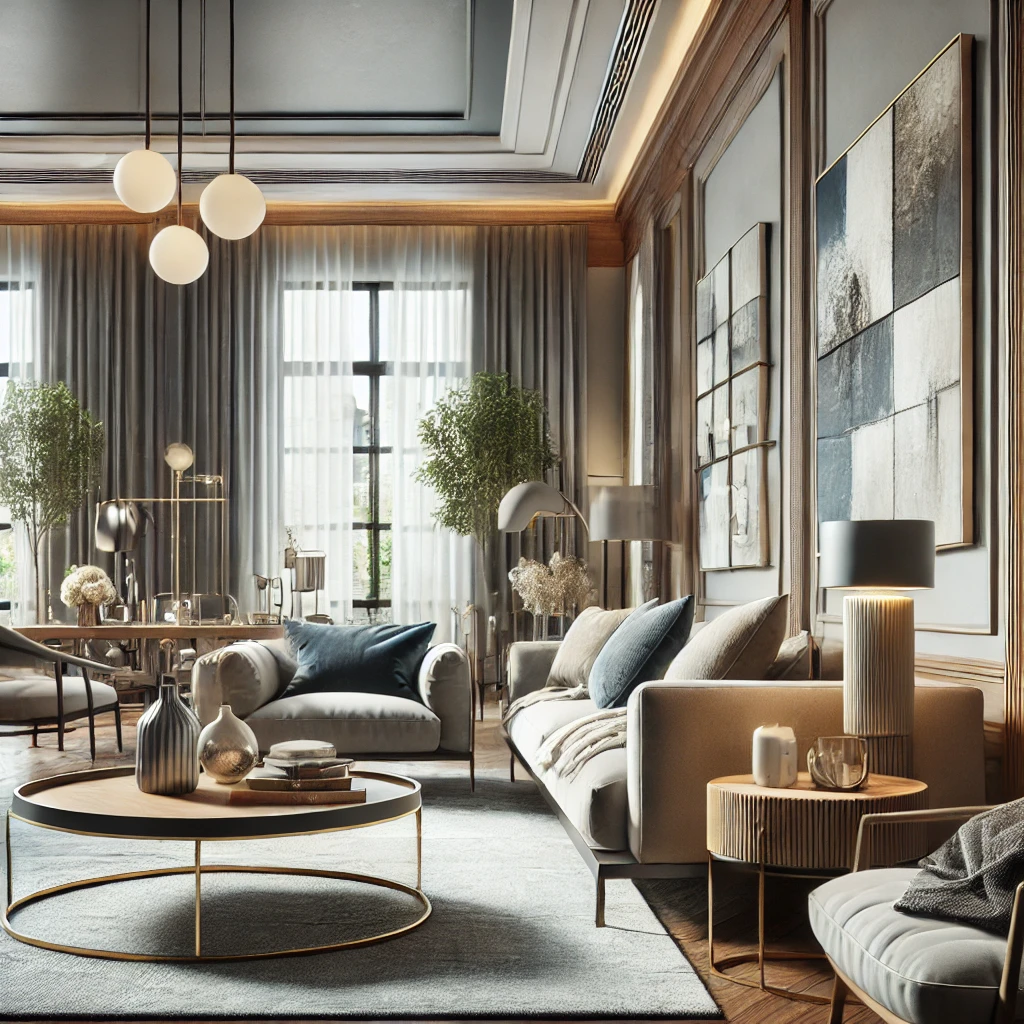
Sustainability and Cost Control
- AI can help select sustainable and eco-friendly materials and furniture options.
- AI provides budget optimization tools that help designers make cost-effective furniture selections and manage project expenses more efficiently.
Data-Driven Decision-Making and Visualization
- AI-driven software gives designers data-driven insights into design choices, helping them make informed decisions about layouts, furniture selections, and materials.
- AI-driven 3D rendering and augmented reality tools enhance visualization, allowing designers and clients to see how designs will look in real-life settings.
The Role of Interior Designers in the AI Era
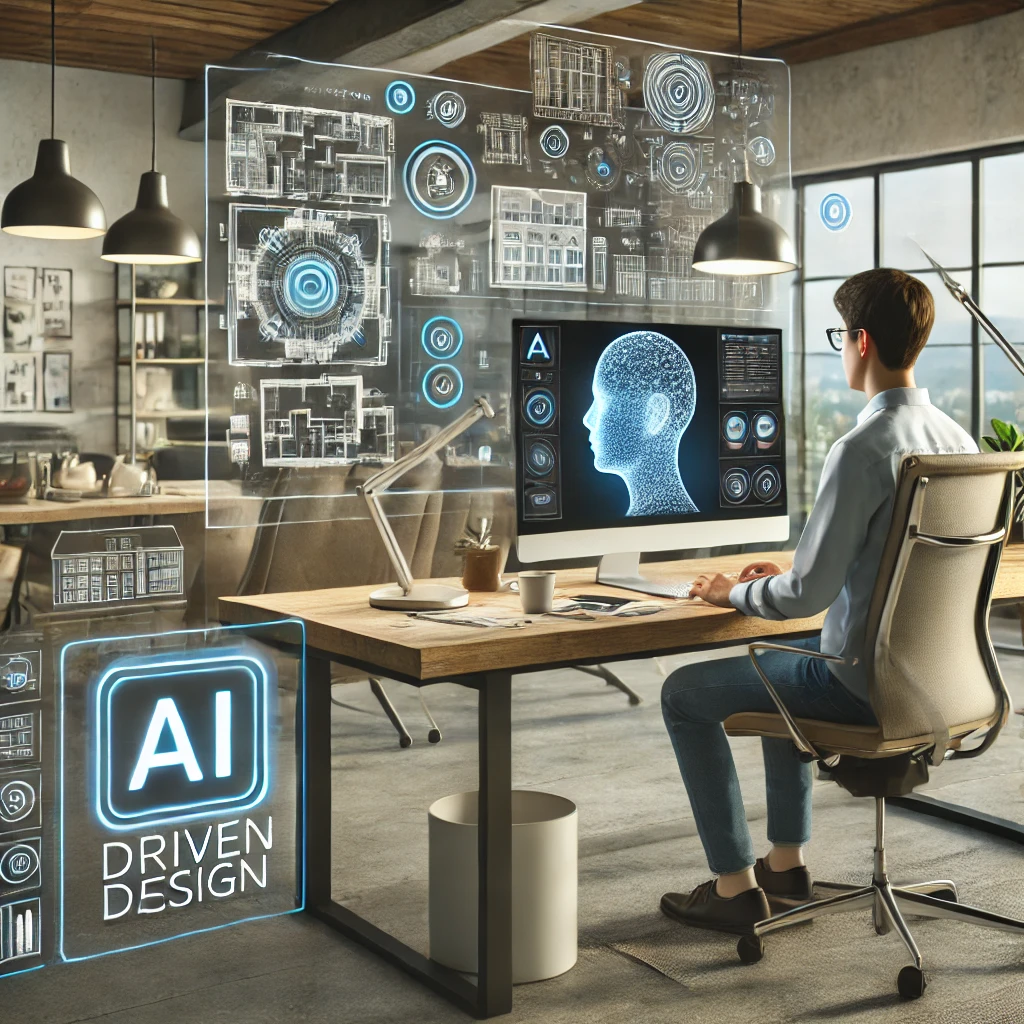
Necessity of AI Skills in the Modern Interior Design Job Market
- Knowing how to use AI in interior design will be a requirement in the modern job market.
- Interior designers must learn to work with AI tools to stay competitive.
Human Touch in AI-Driven Interior Design
- AI is not replacing interior designers but becoming their creative assistant and a valuable resource.
- Designers will leverage AI to streamline tasks, generate design ideas, and make data-driven decisions while bringing their unique creativity, human touch, and cultural sensitivity to the process.
Ethical Considerations in AI-Driven Interior Design
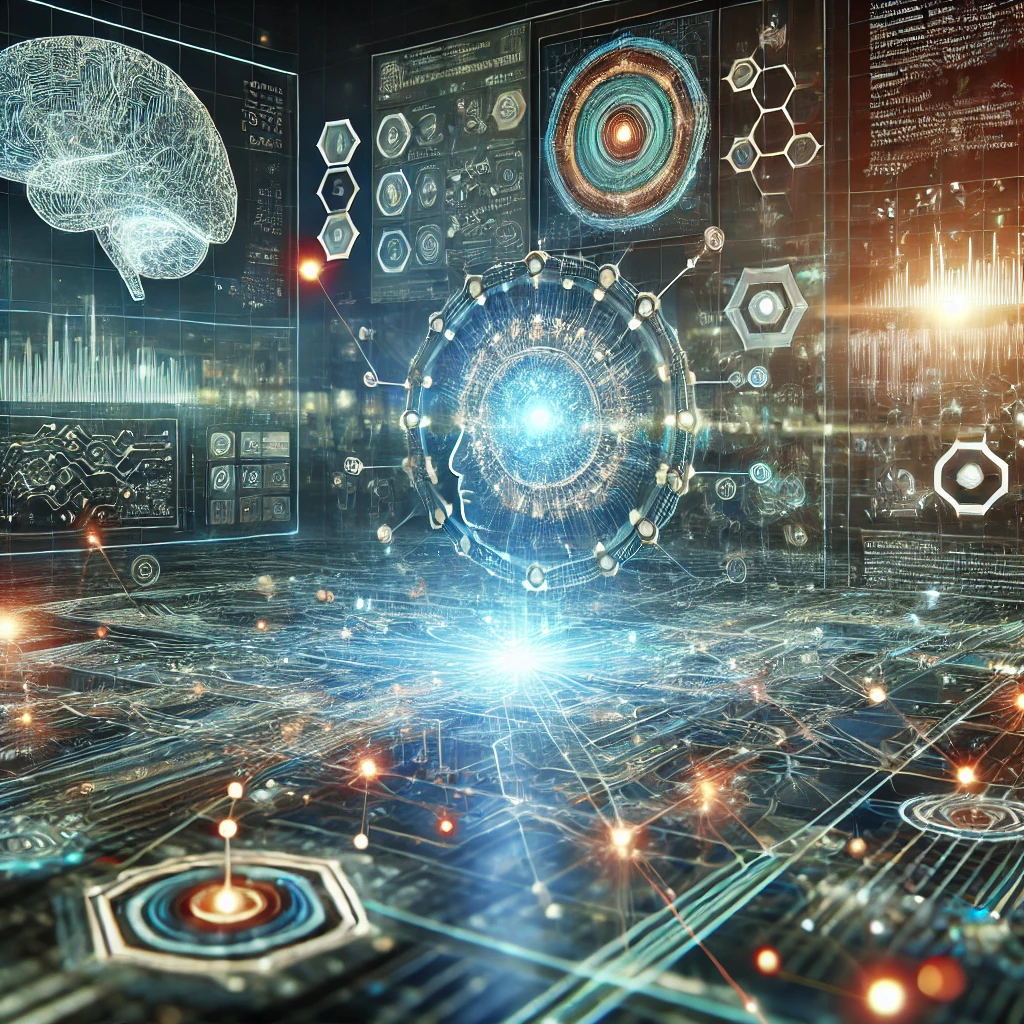
Bias and Fairness, Privacy, and Transparency
- AI algorithms may unintentionally perpetuate biases present in their training data.
- Designers and software developers must ensure that AI recommendations do not discriminate against certain demographics or perpetuate stereotypes.
The Future of Interior Design
Collaborative Partnership between AI and Interior Designers
- The future of interior design is likely to involve a collaborative partnership between designers and AI-driven tools.
- Designers will use AI to create more innovative and personalized designs for their clients, while AI will continue to enhance the design process with its efficiency, creativity, and data-driven insights.
Artificial Intelligence (AI) is profoundly transforming the fields of architecture and interior design by enhancing creativity, efficiency, and precision. AI-powered tools and software streamline design processes by generating multiple design options, optimizing layouts, and predicting material interactions. Project management is improved through AI-driven tools that analyze timelines and allocate resources more effectively. Client engagement is enhanced with AI-powered virtual reality (VR) and augmented reality (AR) applications, allowing immersive 3D experiences of designs. AI also optimizes sustainability by evaluating energy performance and suggesting eco-friendly materials. Furthermore, AI personalizes designs based on individual client’s preferences and automates routine tasks, allowing designers to focus on innovation. The integration of AI ensures that architecture and interior design firms can deliver more sustainable, personalized, and efficient designs, reshaping the future of these industries.






